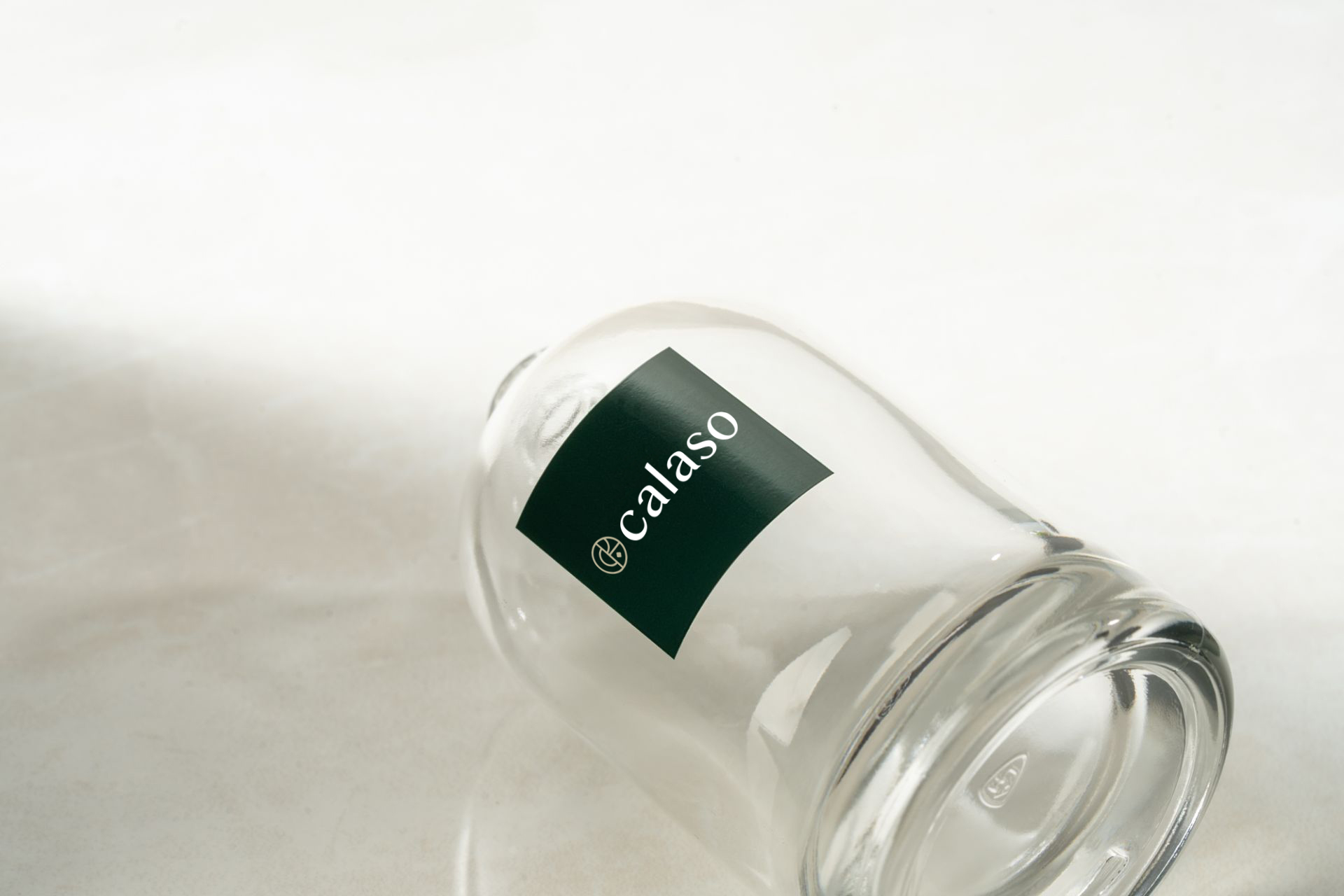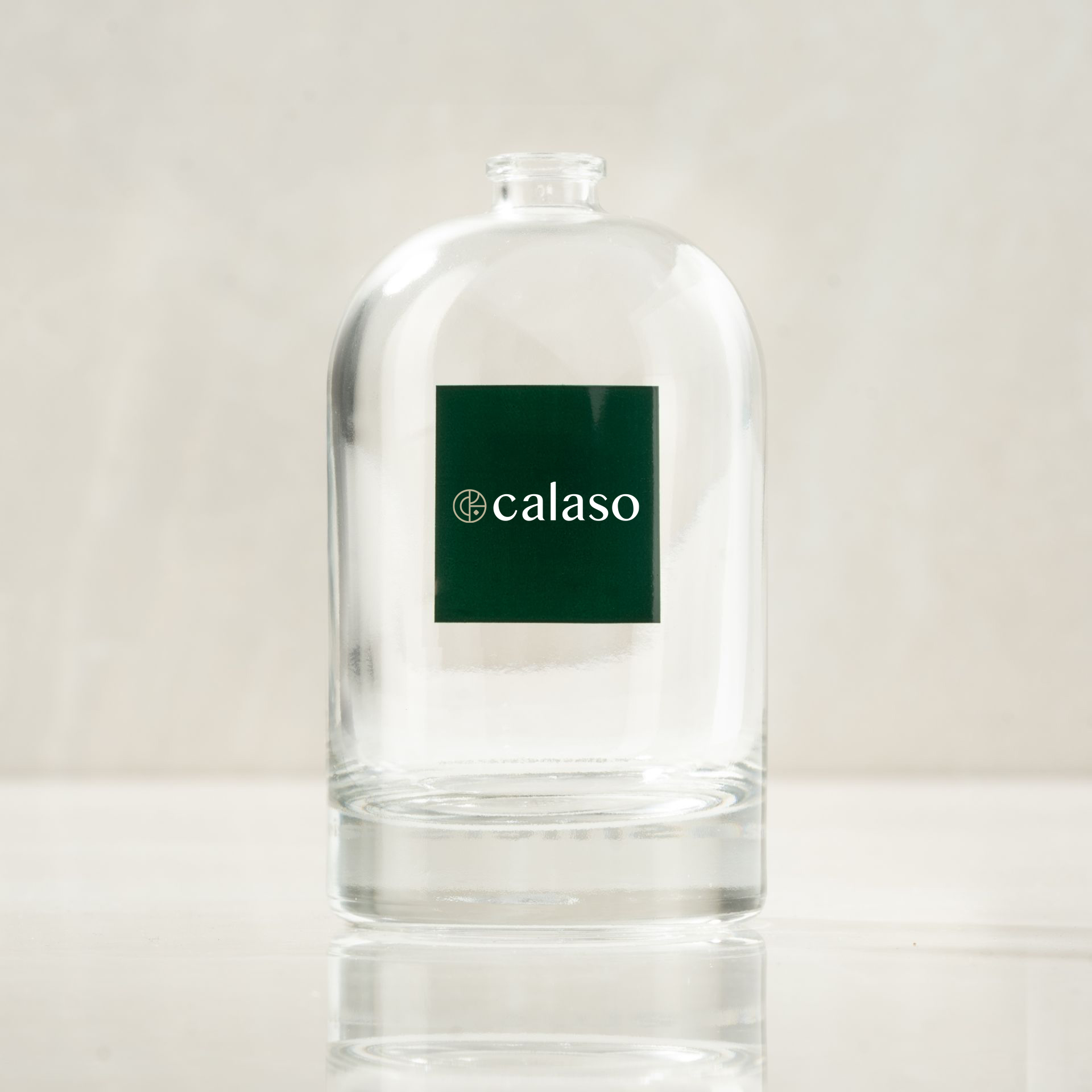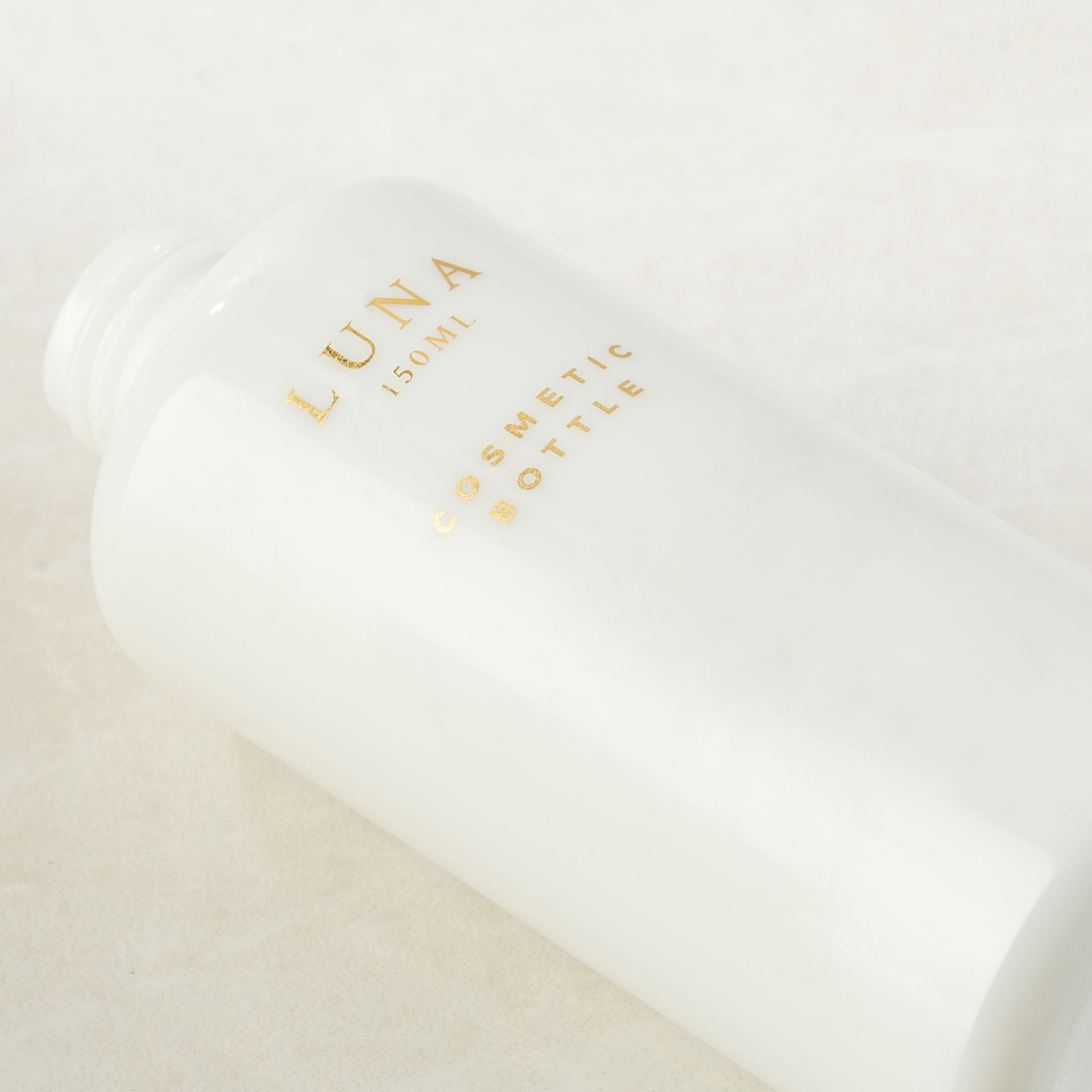
Compatible to
many shapes,
even on difficult
surfaces
The pad printing process involves creating a printing plate with a recessed image which is then filled with ink. Followed by using a silicone pad that is flexible and can conform to the shape of the glass surface, even on difficult surfaces that are not fully round. This is pressed onto the plate, picking up the ink and transferring it to the glass surface. The pad is then lifted away, leaving the ink behind in the shape of the design or image.
Pad Printing
Design Options
Just like screen printing, this technique can be used with UV, ceramic and organic inks, making it highly versatile. It can also be easily combined with other decorative methods, allowing for endless possibilities in creating unique designs on glass surfaces.


Pad Printing
Applications
Pad printing is particularly well-suited for applications where precision and high-quality prints are desired. Its flexibility and efficiency make it a preferred choice for achieving intricate details and sharp images on glass. Moreover, pad printing excels at printing on difficult surfaces that are not fully round, setting it apart from other printing techniques.
Key
Benefits
- Suitable for different surfaces, including those that are not fully round
- Compatible with UV, ceramic and organic inks
- Easy to combine with any decoration technique
- Ideal for precise, high-quality prints
Does pad printing sound like something for you? Not sure?
You can always consult with our team at any time to explore the possibilities.
